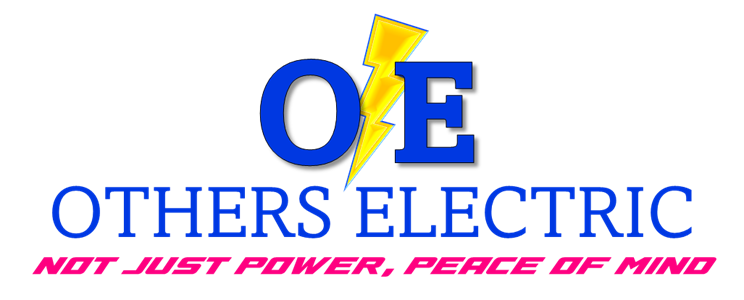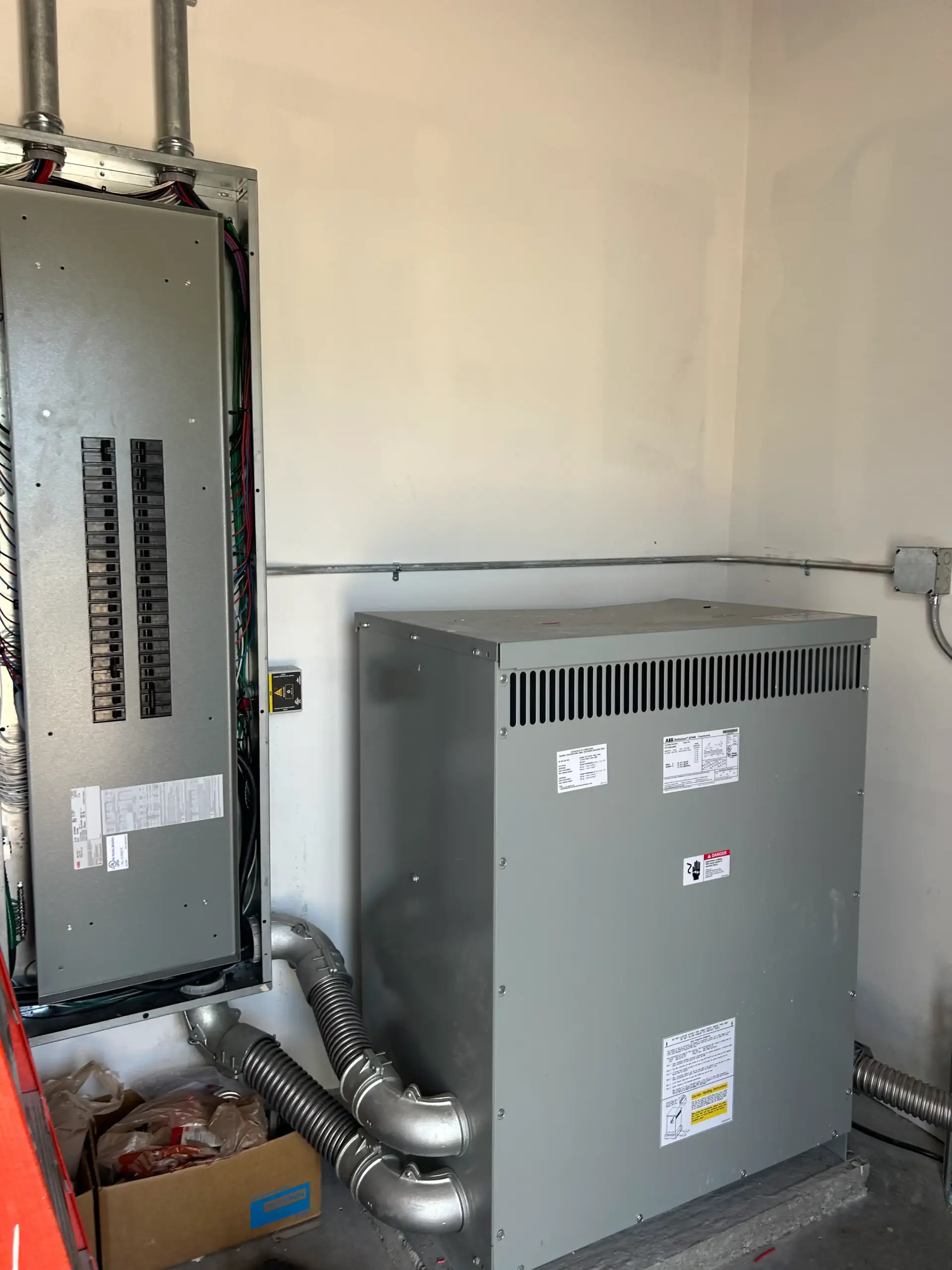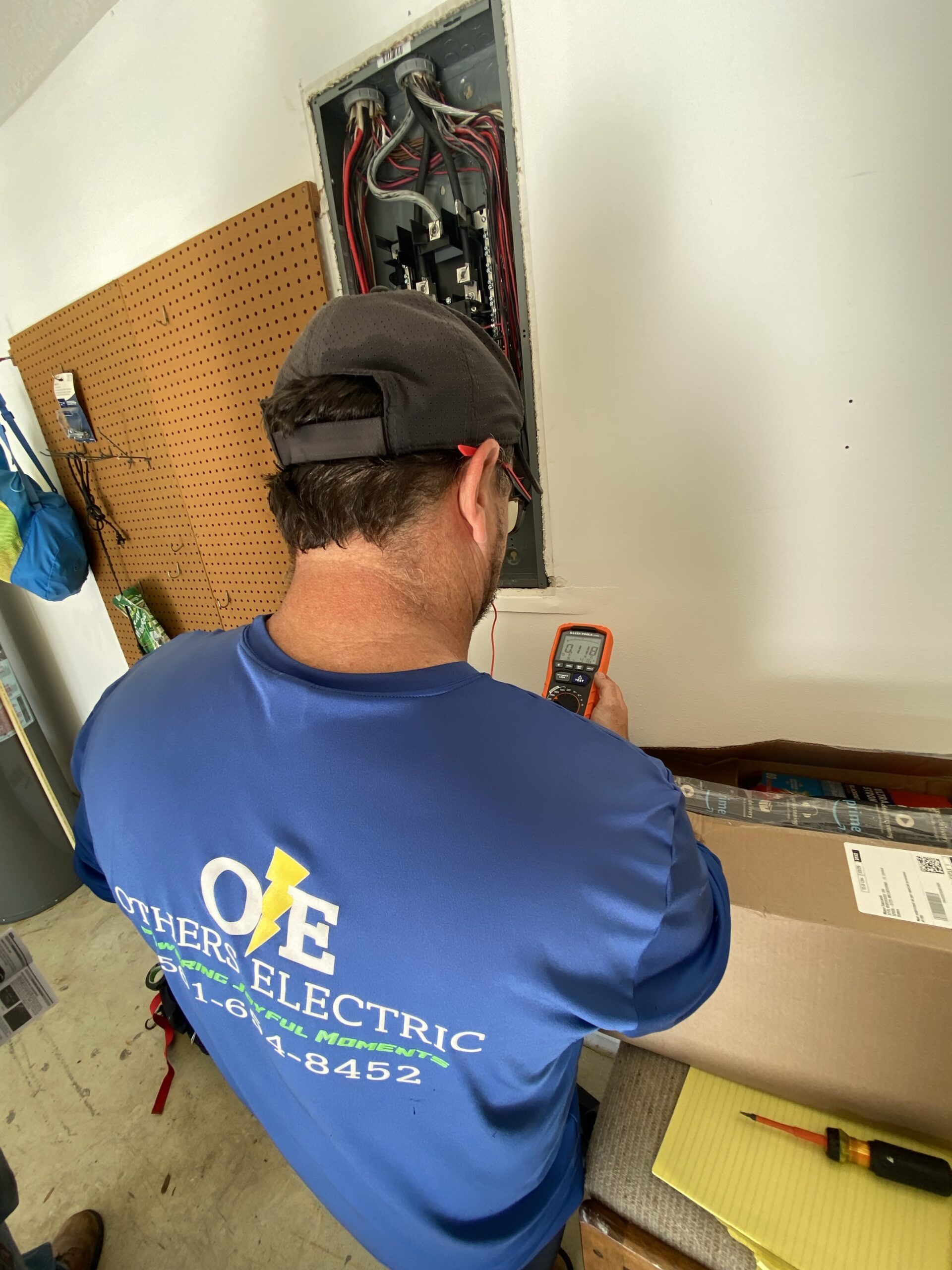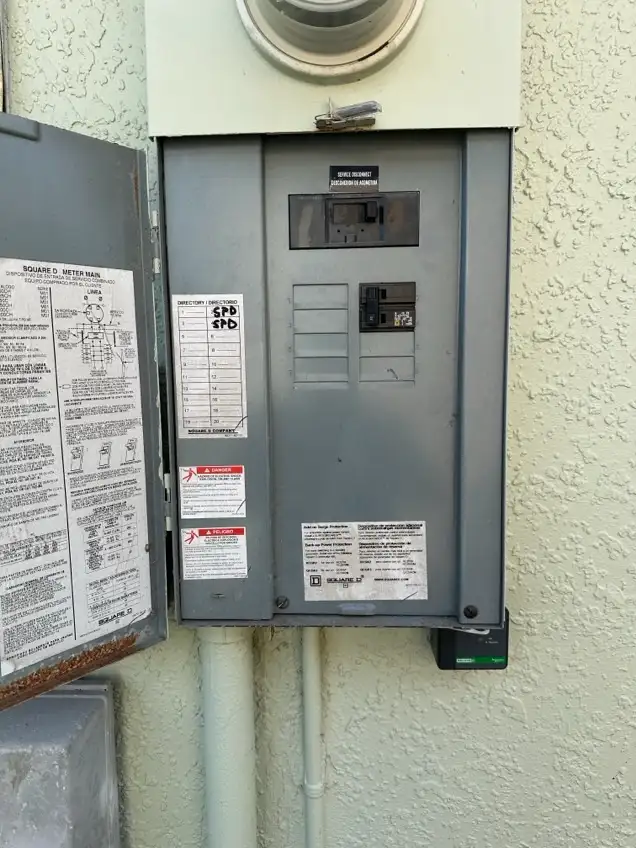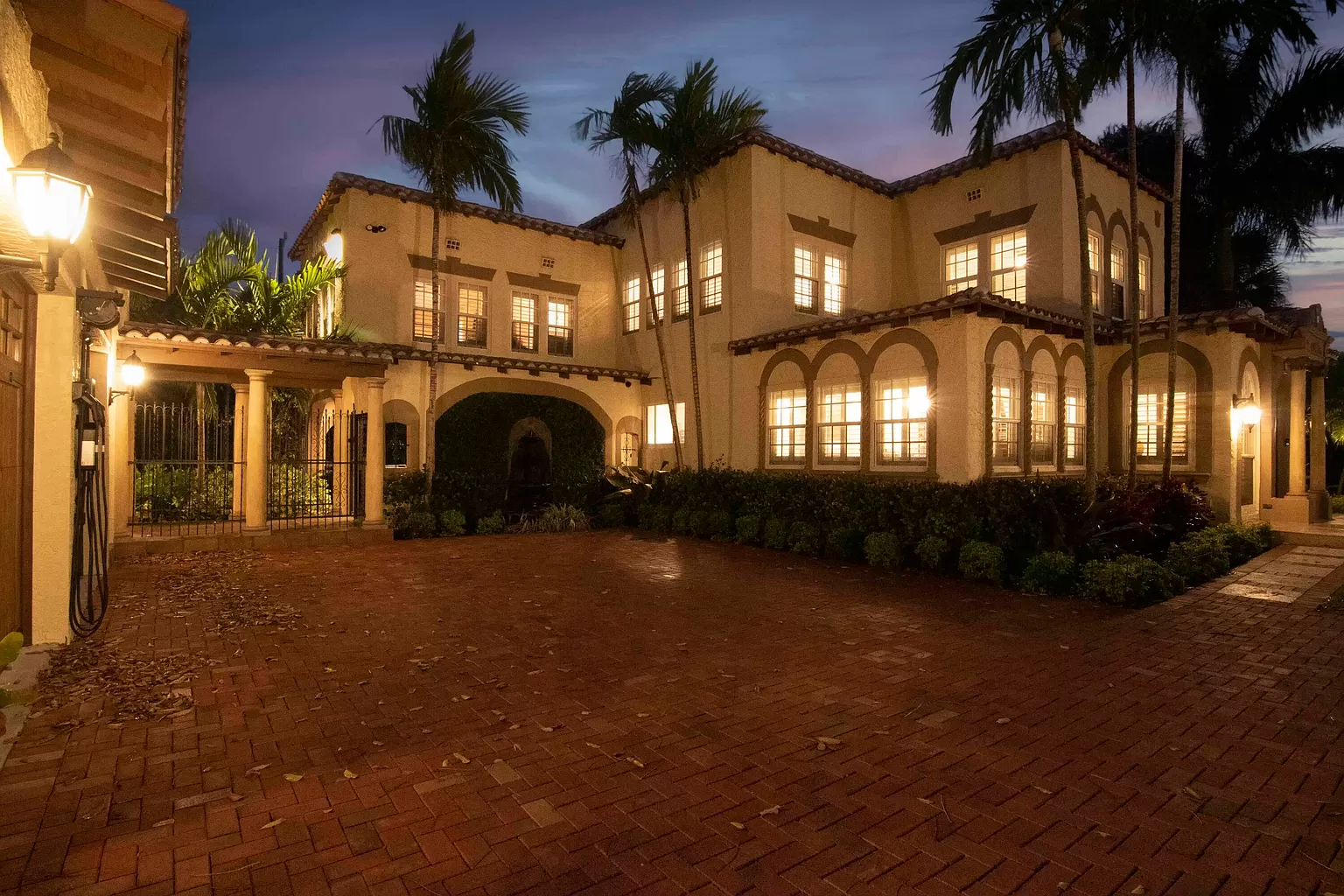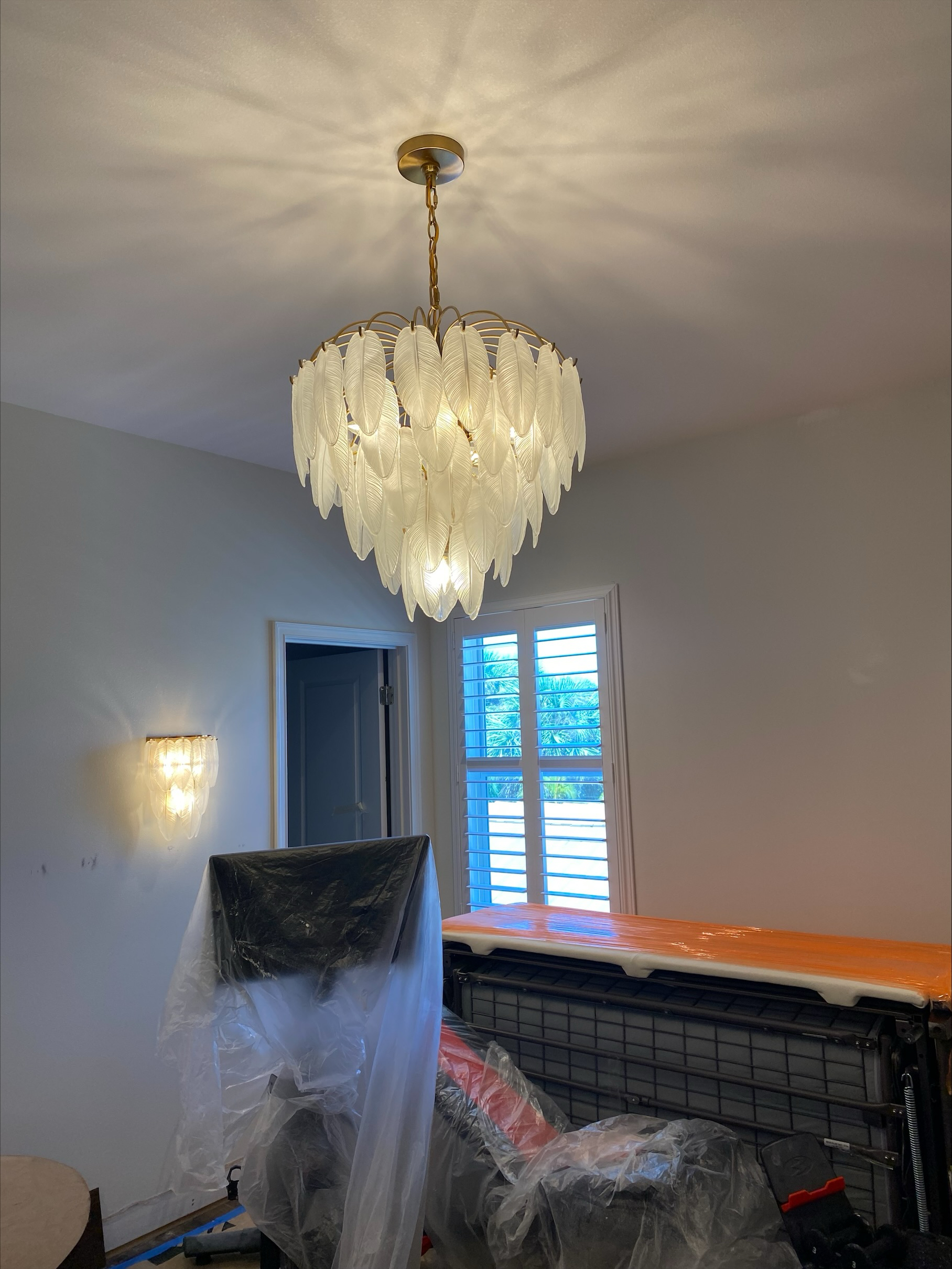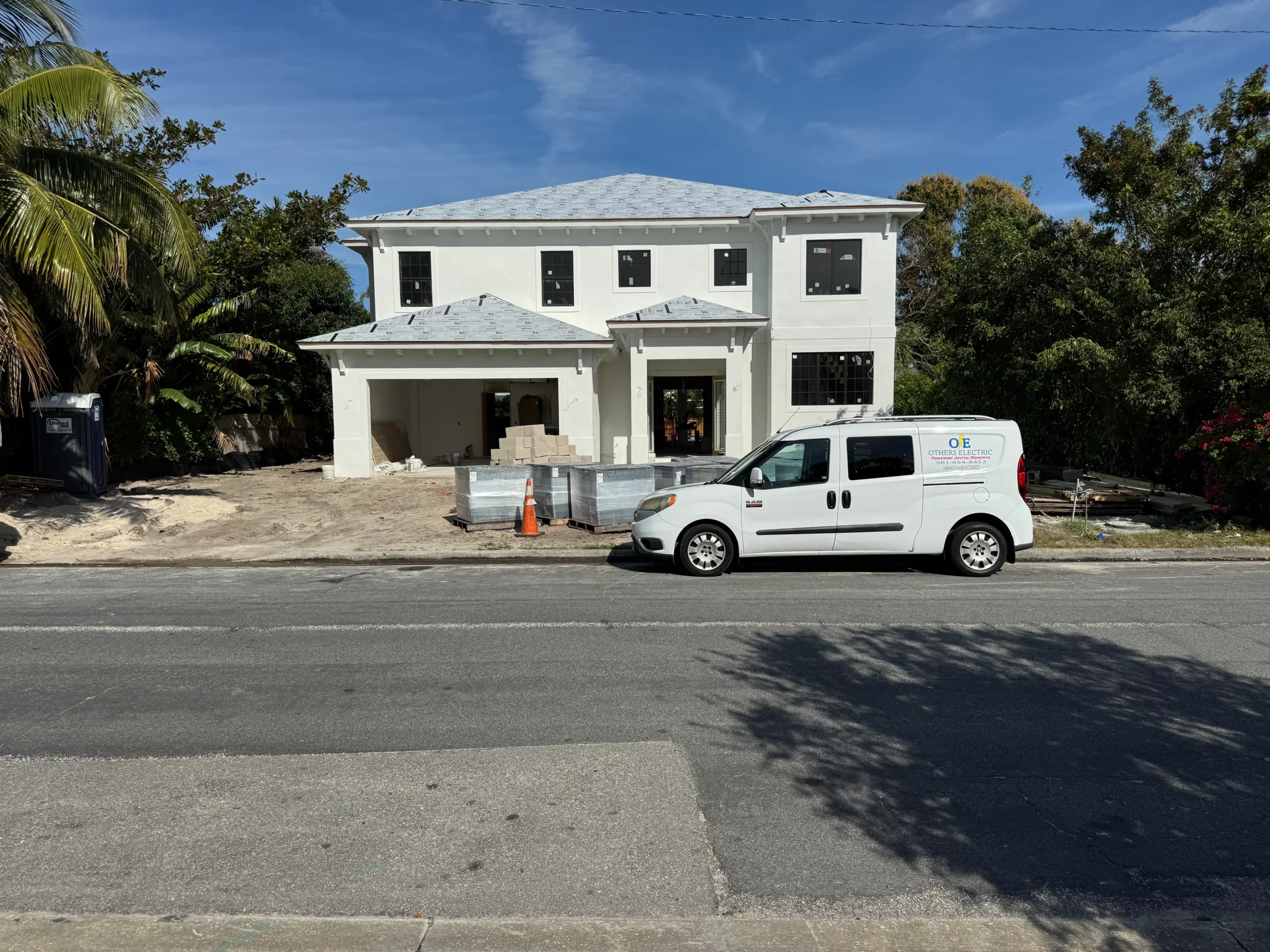For decades, neon signs have glowed in storefronts, diners, art studios, and commercial districts, casting a nostalgic, colorful light that continues to catch the eye. But in an age where energy consumption is under intense scrutiny, a common question arises: do neon signs use a lot of electricity?
This article explores that question in detail, evaluating energy consumption, cost comparisons, technological alternatives, and environmental factors. Whether you’re a business owner in Florida, a homeowner designing a vintage-inspired space, or simply curious about the energy behind the glow, understanding the impact of neon signage is essential.
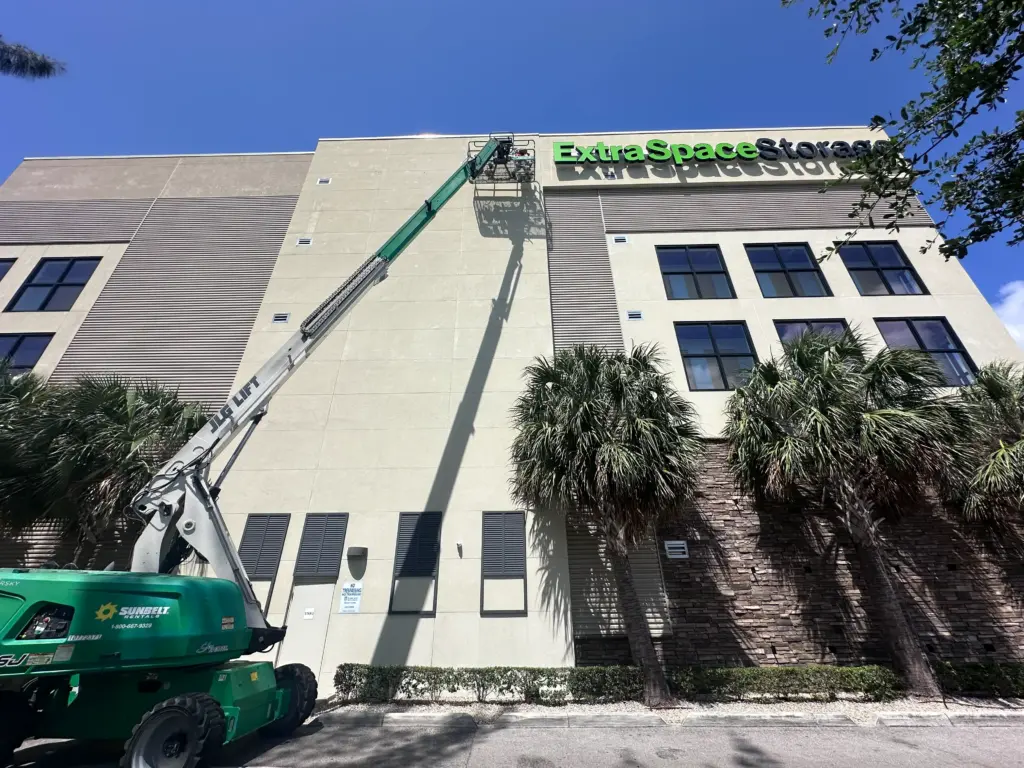
The Science Behind the Glow
To understand whether or not neon signs use a lot of electricity, we first need to look at how they work. Neon signs are made of sealed glass tubes filled with noble gases like neon or argon. When high-voltage electricity is applied through electrodes at each end of the tube, the gas becomes ionized, producing light. Neon gas emits a reddish-orange glow, while other colors come from different gases or fluorescent coatings inside the tube.
Because these gases don’t require heating to produce light, neon signs are more efficient than incandescent bulbs. However, they still require high-voltage transformers, often running at 3,000 to 15,000 volts. This might sound like a lot, but voltage isn’t a direct measure of electricity usage—wattage is what matters when assessing consumption.
So, do neon signs use a lot of electricity based on this design? Not inherently. Let’s dig deeper into real-world usage.

How Much Power Do Neon Signs Really Use?
Most traditional neon signs range between 50 to 100 watts per hour, depending on the size and complexity of the design. For example, a small “Open” sign might use 60 watts per hour. If that sign runs for 12 hours a day, it will consume:
60 watts × 12 hours = 720 watt-hours or 0.72 kWh per day
Over a 30-day month, that’s 21.6 kWh. Multiply that by the national average electricity cost of around $0.15 per kWh, and you get $3.24 per month. That’s a modest cost for 12 hours of daily illumination.
If you’re operating multiple or large-scale neon installations—like on a hotel façade or a commercial strip—the consumption naturally rises. But even a 100-watt sign used daily would cost just $4.50/month to run. So when asking do neon signs use a lot of electricity, the answer depends heavily on scale and usage, but the baseline cost is generally quite low.
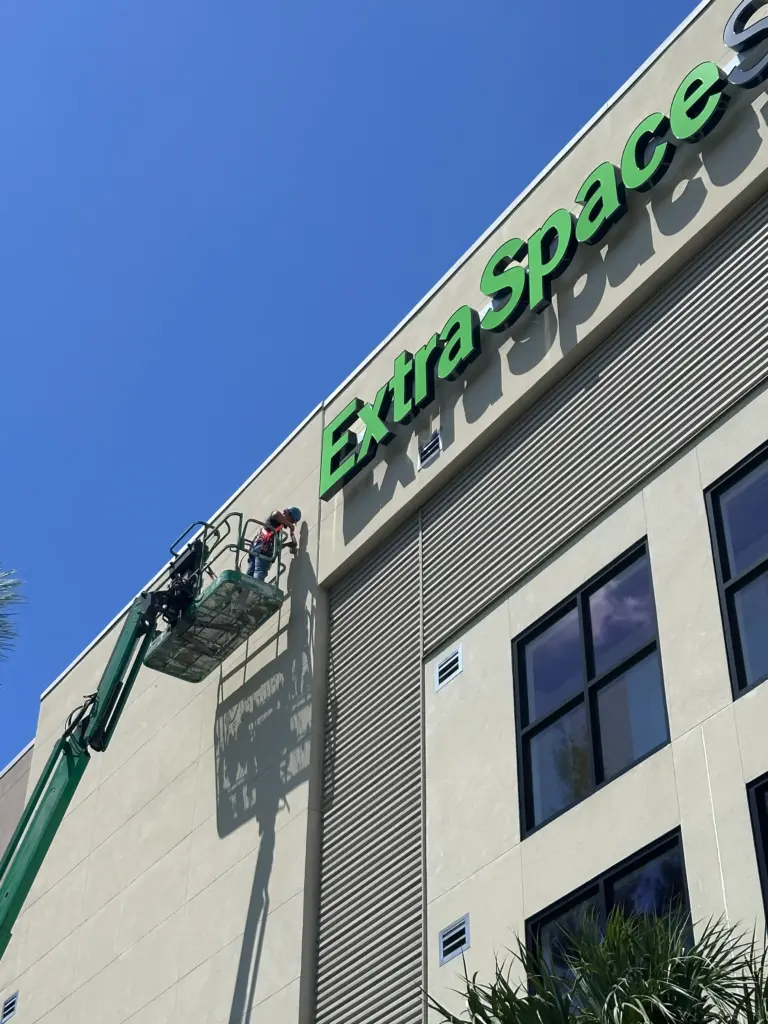
Comparing Neon Signs to LED Alternatives
LED technology has disrupted the signage industry, largely because of its superior energy efficiency. A modern LED sign of comparable brightness and size might consume 10 to 20 watts instead of 60–100 watts.
So yes, when asking do neon signs use a lot of electricity compared to LEDs, the answer is yes—they do use more. LEDs are about 5 to 6 times more efficient, meaning that converting to LED signage can save substantial energy over time.
That said, many designers and business owners still prefer the aesthetic authenticity of true neon. LED strips attempt to replicate neon but lack its soft diffusion and organic curves. This makes real neon irreplaceable in certain artistic and nostalgic applications, even if it consumes more energy.
Longevity and Maintenance Considerations
Another important factor in the energy conversation is how long the sign lasts. Neon signs, when well maintained, can run for 8 to 15 years without requiring significant intervention. Their long lifespan helps offset their higher energy consumption.
Additionally, the power draw remains consistent over time, unlike fluorescent lights that dim or LED lights that may degrade unevenly. So even if neon signs use a lot of electricity compared to LEDs, their stability over time is a benefit.
Maintenance, however, can influence energy use. If electrodes corrode or tubes develop leaks, the transformer might work harder to maintain current, leading to inefficiencies. Regular inspections ensure that power usage stays within the expected range.
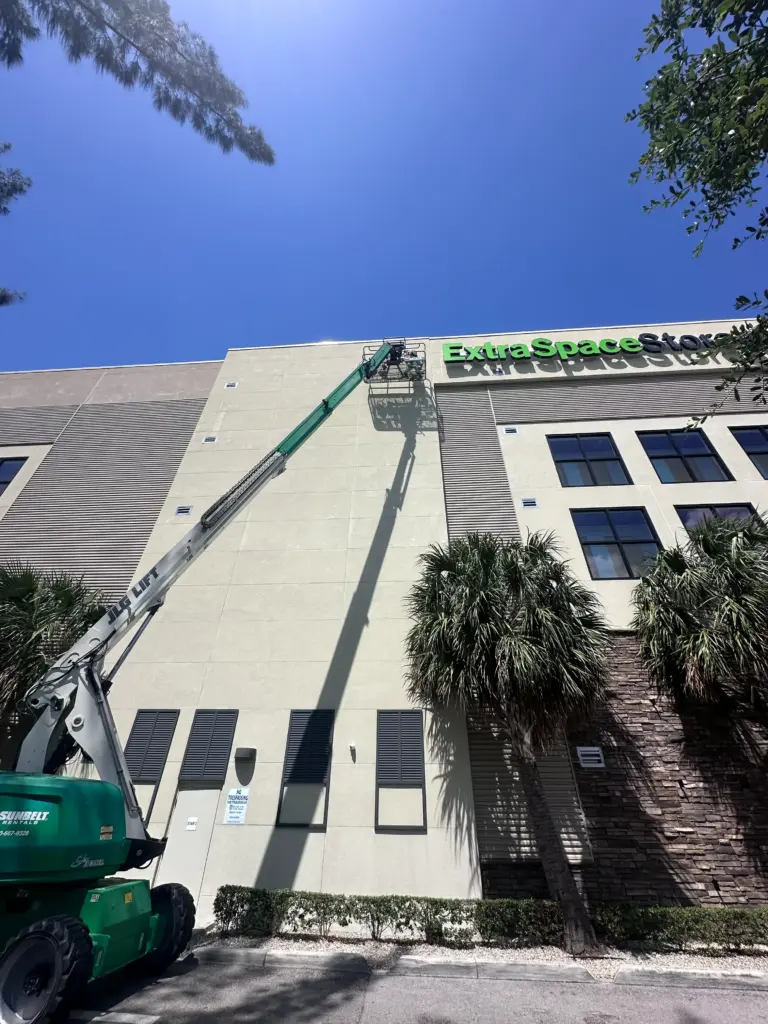
Environmental Impact and Carbon Footprint
From an environmental perspective, neon signs are not the worst offenders. Their moderate energy consumption doesn’t compare to large HVAC systems or industrial lighting setups. Still, do neon signs use a lot of electricity in the context of climate-conscious energy planning? They use more than necessary if alternatives exist.
In Florida, where energy demand surges during hot, humid months, using efficient appliances—including lighting—can contribute to overall grid stability. Neon signage may be a small part of a building’s footprint, but in areas with concentrated commercial lighting, the cumulative load matters.
The good news is that neon signs do not contain mercury, unlike many fluorescent options, making them safer to dispose of and less environmentally harmful. The glass and metal components are also recyclable in many areas.
The Role of Commercial Electricians in Efficiency Planning
When it comes to evaluating or installing neon signage, a commercial electrician can provide valuable input. Professionals like the team at Others Electric can evaluate your current signage, measure power draw, assess transformer performance, and help you consider energy-efficient retrofits.
Many Florida businesses install time-based or motion-controlled switches to reduce operation during off-hours. A well-placed timer can cut a 12-hour daily load in half without compromising visibility or branding. Knowing exactly how much electricity your neon signs use helps drive smarter decisions.
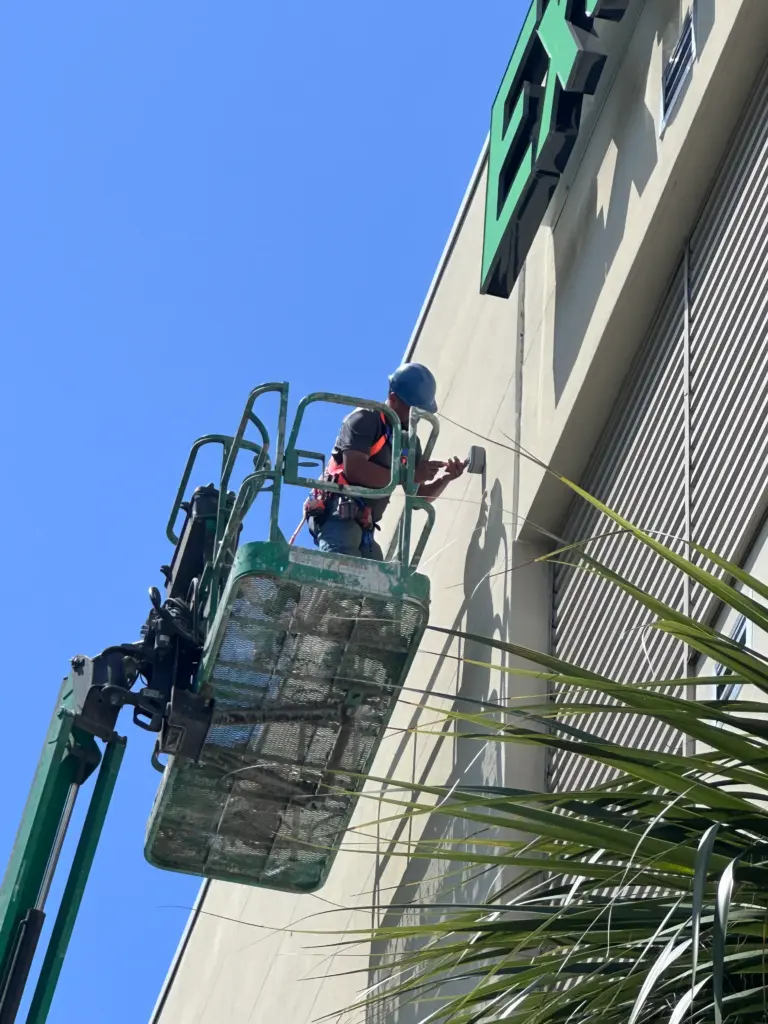
Legal and Safety Considerations
Building codes in many municipalities—especially along Florida’s hurricane-prone coast—require secure mounting and grounded wiring for all outdoor signage. This is critical not only for public safety but also for energy efficiency.
Poorly wired neon signs can result in leakage currents or arcing, both of which waste electricity and pose a fire risk. If you’re wondering do neon signs use a lot of electricity, consider the impact of noncompliant installations. Inadequate setups may consume significantly more energy than expected.
Consulting a licensed contractor like Others Electric ensures your signage meets code, operates efficiently, and avoids unnecessary consumption. For broader context on energy regulations and codes, explore the Florida Building Commission and the U.S. Department of Energy.
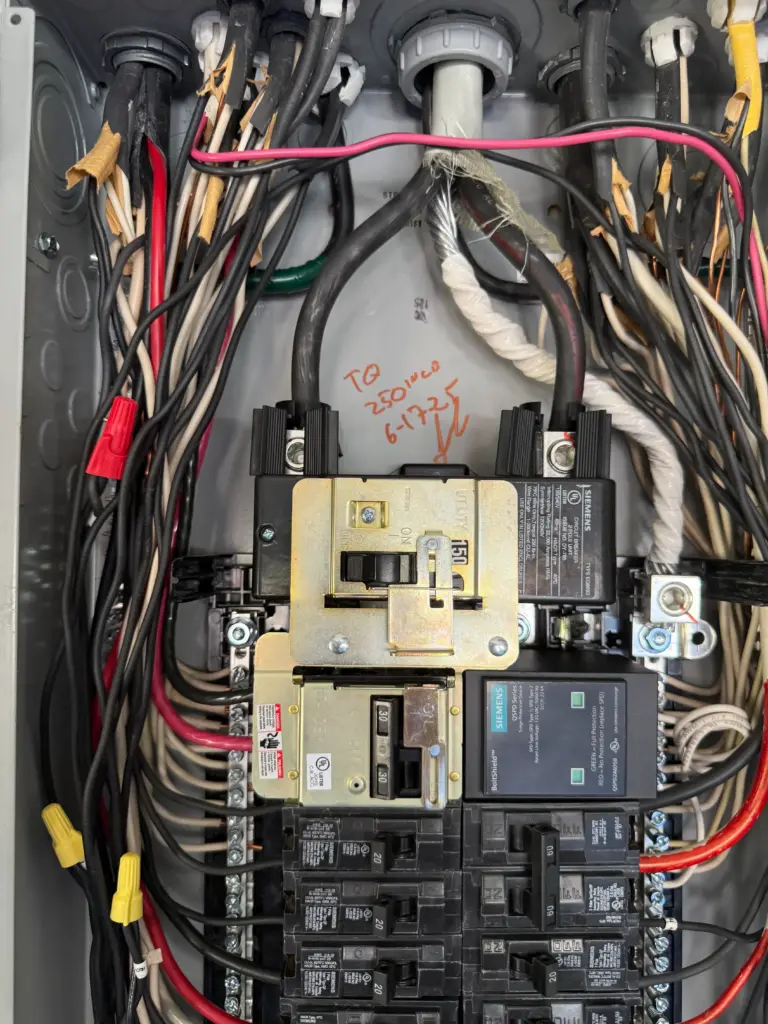
Conclusion
So, do neon signs use a lot of electricity? Not necessarily. While they consume more than LEDs, their total energy use remains modest—especially when run for only a few hours per day. Businesses that prioritize design authenticity or retro branding may find that the trade-off is well worth it.
However, in larger setups or where signs operate for long hours, switching to LED or installing timers can provide major savings. Partnering with an expert commercial electrician ensures you’re using energy wisely without sacrificing aesthetics.
For trusted electrical services across Florida’s East Coast, Others Electric offers smart, code-compliant installations tailored to your business. When appearance matters as much as efficiency, choosing the right support team makes all the difference.
